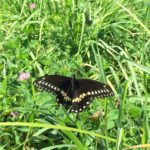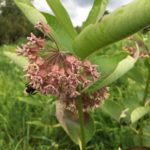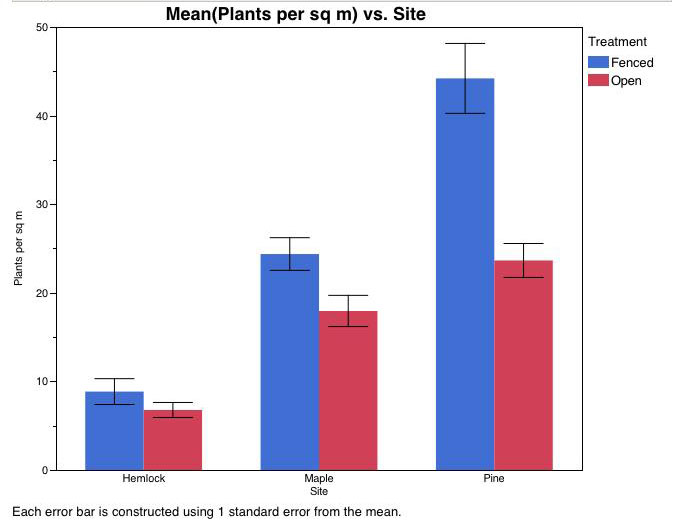
For over 50 years, the Balch Hill Natural Area has been a favorite of Hanover residents for its great views, picnicking, walking, and bird watching. Ten trails provide easy to moderate routes to the 937-foot summit. Its diverse communities include a former pasture and apple orchard at the summit, and forests of pine, hardwoods, and hemlock on the slopes.
The first parcel of land we purchased to own in Hanover, the Balch Hill Natural Area began with 10 acres acquired in 1970 to protect the summit from development. The Natural Area now includes 20 acres owned by the Hanover Conservancy, including the summit, and 46 acres owned by the Town of Hanover. Dartmouth College owns 18 acres on the east side. The Upper Valley Land Trust holds a conservation easement on 10 acres. The Conservancy’s Balch Hill Stewardship Committee manages the Balch Hill Natural Area in partnership with the Town and College.
How to get there
For access to the Grasse Road Trail, park at the intersection of Grasse Road and Trescott Road, where a trailhead kiosk was provided by the Hanover Lions Club in the fall of 2011. Parking for 3-4 cars is available at the top of Hemlock Road for access to the Hemlock Trail.
Our full-color map and guide (pdf) to Balch Hill gives insights into natural features including geology, birds, mammals, plants, and habitats, and explains the trails and the property’s history. Printed copies are available at the trailheads and summit.
Balch Hill’s ten trails are open for foot travel at all seasons, and provide access to the summit from every direction. Check the trail map carefully before leaving to be sure you return to your starting point.
- Please take only pictures & leave only footprints! Pollinators of all types feed on the wildflowers here.
- No fires or camping.
- Mountain biking is permitted only on the Dot Strong Trail.
- Trapping and hunting are not permitted (except archery by special permit only, Sept. 15-Dec. 15).
- Dogs enjoy Balch Hill as much as we do – please pick up after your pet and remove the waste. Dogs must be under the direct control of their owners and not chase wildlife.
- Populations of deer and dog ticks have risen in our area in the last decade, and Balch Hill is no exception. Check for unwanted passengers after your visit whenever the ground is clear of snow.
Related Articles
| Hurricane Irene Visits Conservancy Lands | August 31, 2011 |
| Balch Hill Kite Day | May 14, 2011 |
| Spring Trips 2009 a Success | June 7, 2009 |




















